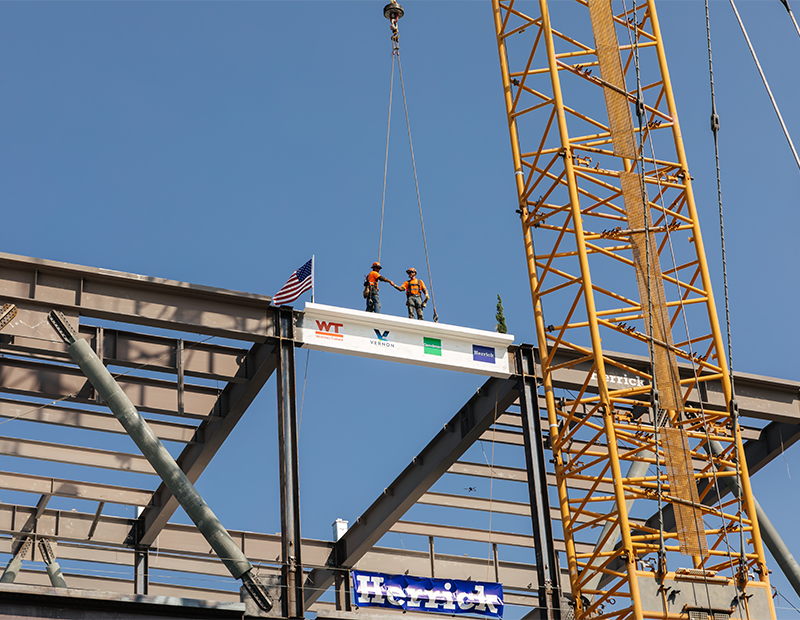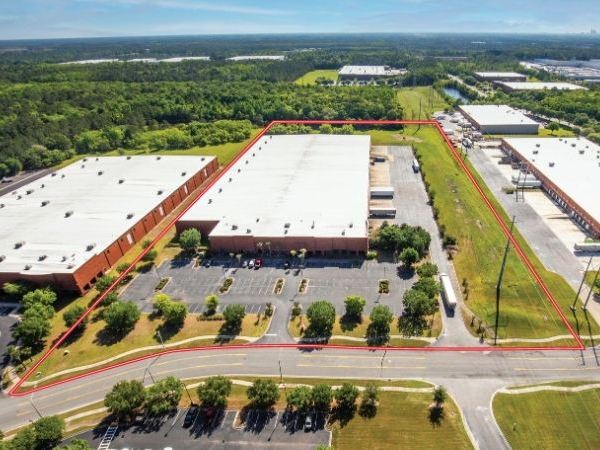$2T to the Rescue: CRE and the Stimulus Package
The wartime-level legislation could shore up the economy—and by extension the commercial real estate sector. Some experts weigh in.
With the final approval of the unprecedented $2 trillion economic relief package in response to the COVID-19 pandemic, it’s timely to ask how that huge dose of financial medicine will help commercial real estate.
READ ALSO: NYC Owners, Service Union Agree on Coronavirus Relief
So, we did ask, and three CRE professionals gave us their thoughts on the scenarios that could unfold from the stimulus package.
In a snapshot of where we are and a prediction on where we’re heading without federal intervention, CBRE stated that “a global recession likely has started,” with the U.S. seeing GDP declines in the first and second quarters. CBRE suggested, however, that the U.S. economy could stabilize in the third quarter and start recovering by the fourth. Along the way, though, unemployment could top 6 percent by mid-year.
Stay Tuned: CPE’s Coronavirus Coverage
Those are big issues and big numbers. John Worth, executive vice president at NAREIT, pointed out that $2 trillion represents about 10 percent of U.S. GDP. “This is a tremendously large stimulus package…. This is gigantic.”
“Real estate’s performance is going to be a function of the underlying tenants,” he continued, and in the short term, especially so for multifamily. A key benefit of the stimulus package is that it should boost the ability of small businesses to reopen—and quickly—which will be crucial for most CRE sectors, Worth said.
Unemployment claims for the week ending March 21 rose by 3 million from the previous week to 3.28 million, according to the U.S. Department of Labor figures issued today. Service industries—lodging and food service–continued to account for most of the claims, but DOL reports, additional industries—health care, social assistance, arts, entertainment and recreation, transportation, warehousing and manufacturing–are now showing significant job losses.
“The most significant impact on commercial real estate from the $2 trillion bill will be the $500 billion in support from loans and loan guarantees,” for beleaguered businesses, such as those in the hospitality industry, said Brent Campbell, a real estate economist with Moody’s Analytics, West Chester, Pa.
Through its lending and other support to both small and large business, he added, “the bill will help blunt an expected uptick in delinquencies due to reduced foot traffic and overall declines in business activity.”
As to the effects of the direct aid to U.S. households, Campbell said, some of that money will go to the essential retail outlets like grocery stores and pharmacies that state governments are still allowing people to access. Malls, however, “will still struggle, as foot traffic will not increase regardless of the consumer-side of the stimulus package, since many individuals … are still sheltering in place.”
Worth agreed that the retail sector won’t see a huge immediate benefit from the stimulus; the retail upside will be further down the road, once more stores can reopen. He does, though, expect retail to benefit from pent-up demand, especially from individuals whose incomes hadn’t been diminished during the pandemic.
Hotels might be the last CRE sector to bounce back, Worth said. “My sense is that business travel will come back quickly,” followed only later by leisure travel.
A strong recovery
“Although the near term looks brutal, the medium-term outlook is more favorable because there are no structural flaws in the macro economy or in commercial real estate,” said Richard Barkham, CBRE’s global chief economist and head of Americas research. “There are multiple signs that the economy and then commercial real estate will recover quickly once the virus’s spread abates.”
“While there may be some commercial mortgage defaults, the Fed has put policies in place to ward off a credit crunch,” Barkham said. “We expect the U.S. economic trajectory to follow a sharp decline giving way to a rapid bounce back and then a solid, longer-term recovery.”









You must be logged in to post a comment.